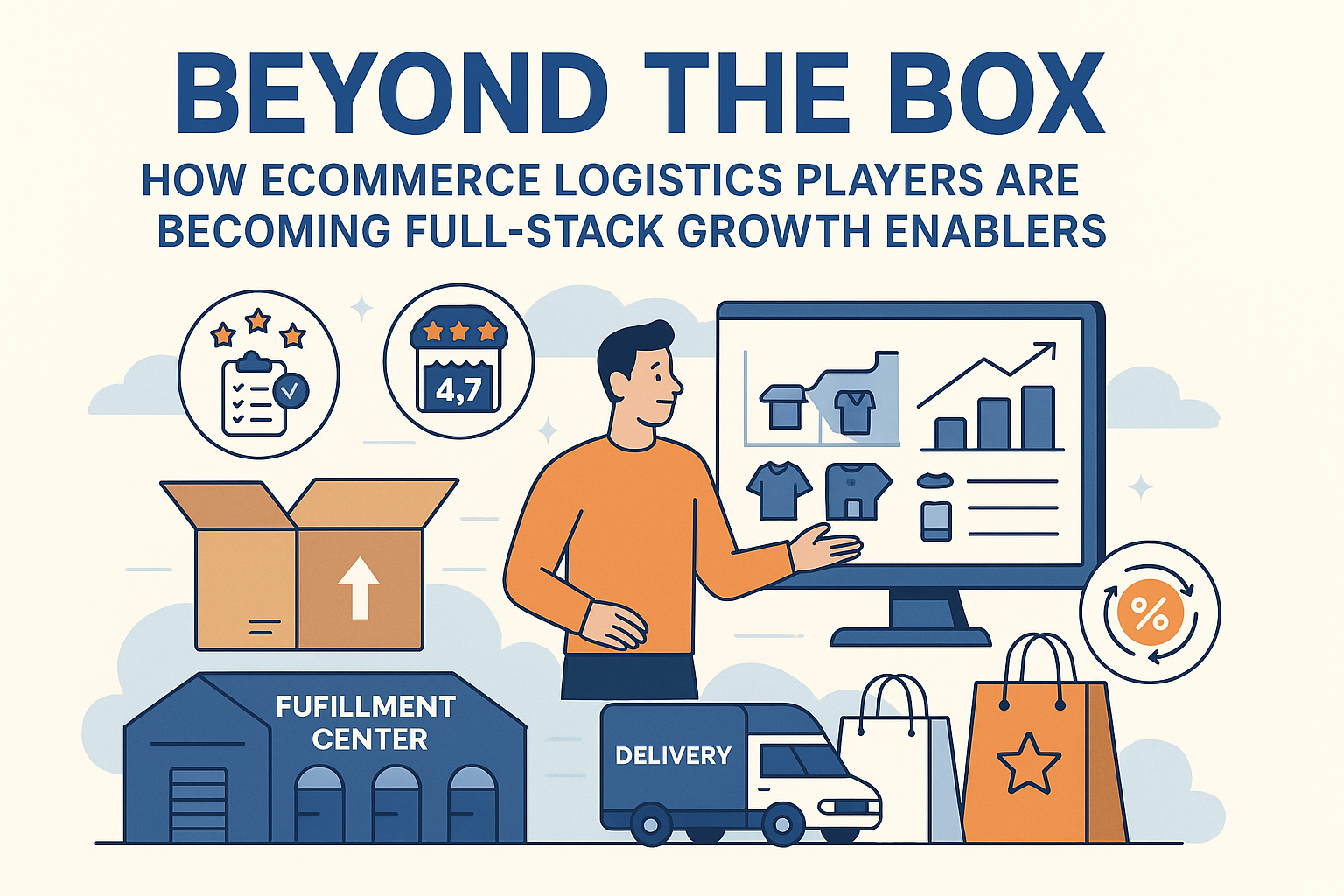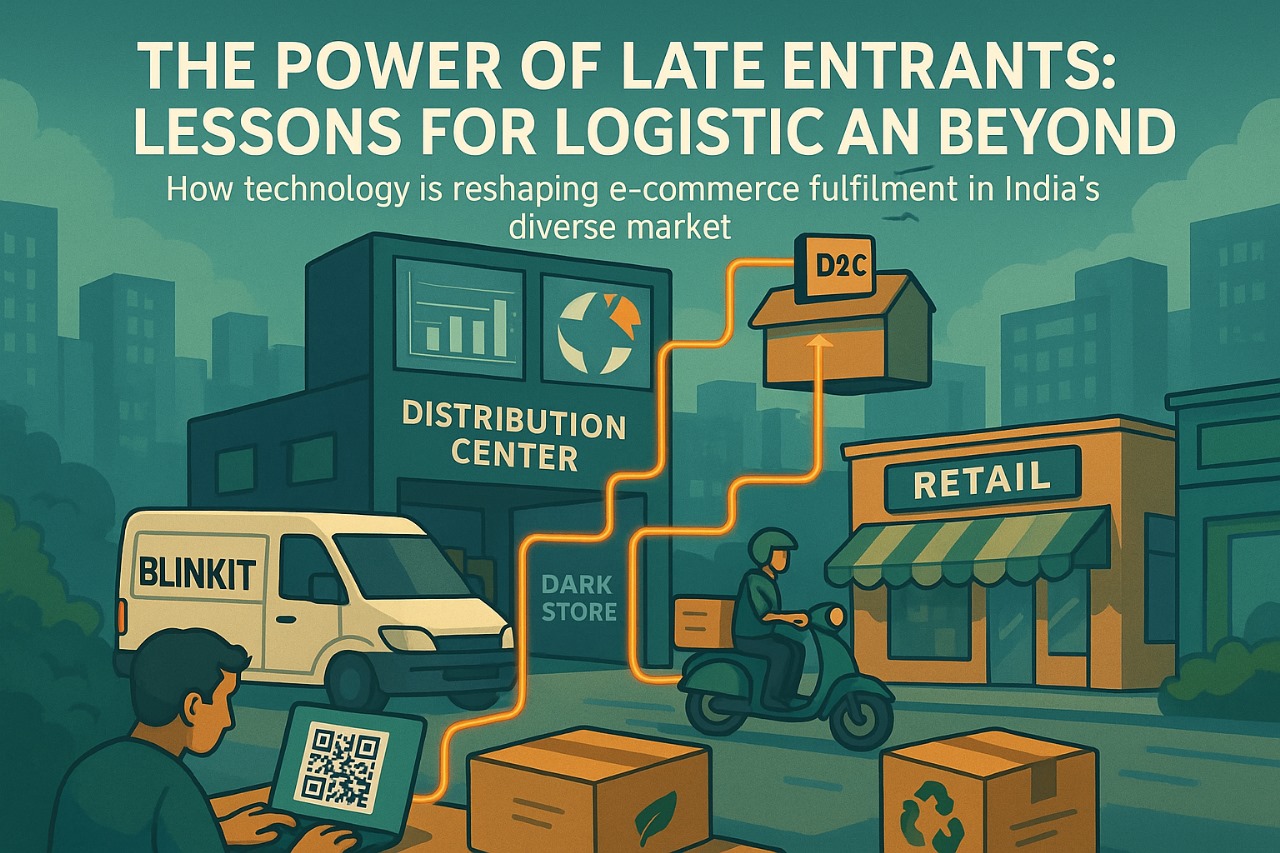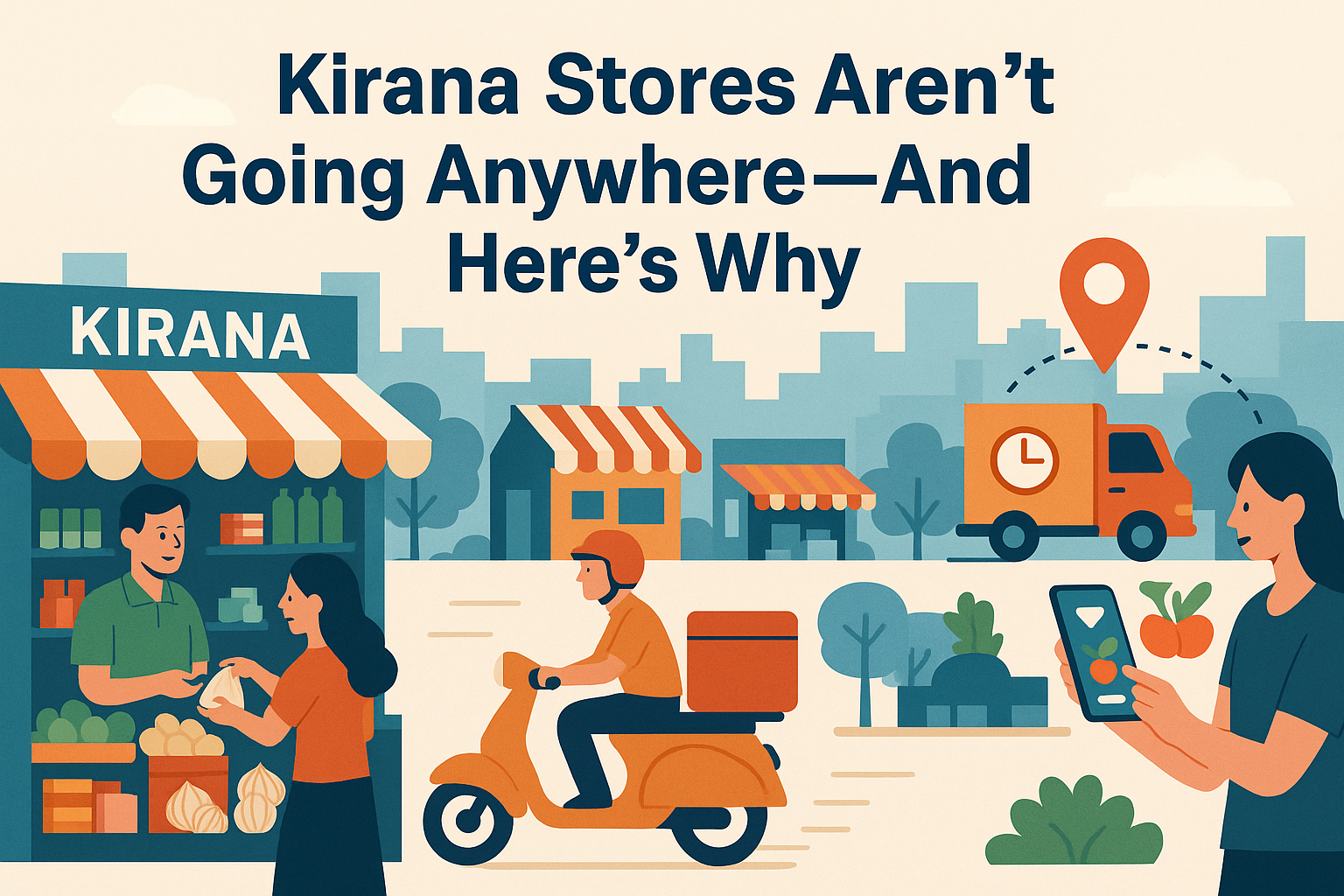The Rise of Assisted Commerce in India

The Rise of Assisted Commerce in India — And Why It’s More Than Just a Rural Trend
For all the noise about India's eCommerce boom, a quiet truth often gets overlooked — most Indians still don’t shop online.
It’s not for lack of internet. India boasts 800M+ smartphone users, and UPI has penetrated the deepest corners. But when it comes to actual eCommerce transactions — adding to cart, making payments, handling returns — a large swath of users either hesitate or drop off entirely.
That’s where Assisted Commerce enters the scene.
What Is Assisted Commerce?
At its core, assisted commerce is about bridging the digital divide — using a human layer to help consumers complete online purchases. Think:
• A local store owner placing an order on your behalf.
• A call center executive walking you through a WhatsApp catalogue.
• A sales agent at your doorstep helping with onboarding, product discovery, or returns.
It’s like having a personal shopper — but for Bharat.
Why Is This Model Exploding Now?
1. Digital access ≠ digital comfort
Most Indians now have smartphones. But comfort with digital commerce is still patchy. Language barriers, lack of trust, poor navigation skills, and low digital literacy mean users need a nudge to transact. Assisted commerce lowers this barrier.
2. Trust is still local
Consumers are more likely to trust their neighbourhood Kirana or a familiar agent over an unknown app. By embedding trust through familiar interfaces — or actual people — assisted commerce gets the job done.
3. High-touch categories demand help
Try buying insurance, electronics, or a saree online without speaking to someone. It’s hard. Assisted commerce thrives in high-ticket, high-consideration, or emotionally-driven categories — where discovery, comparison, and post-sale support are critical.
Key Players Powering This Movement
• BharatAgri, DeHaat, and Gramophone are using on-ground agri-advisors to help farmers discover and order inputs online.
• Dukaan, Khatabook, and DotPe are empowering shopkeepers to act as local eCommerce points.
• Meesho started with resellers acting as intermediaries — pushing products to friends & family, taking orders on WhatsApp, and fulfilling via Meesho’s backend.
• E-Samuday, StoreKing, and 1Bridge are enabling rural digital kiosks and last-mile agents to drive eCommerce adoption in Tier 3–6.
Even Flipkart and Amazon are experimenting with assisted formats — from assisted delivery to doorstep ordering via field reps.
The Logistics Behind Assisted Commerce
This model is logistics-heavy and complex. It demands last-mile enablement, flexible delivery models, and often, a rethinking of fulfillment itself.
a. Decentralized Ordering, Centralized Fulfillment
Orders may originate from rural kiosks, WhatsApp chats, or agents. But the backend still needs Amazon-grade fulfillment — with accurate inventory, fast delivery, and real-time tracking.
b. Flexible Payment Systems
Most assisted commerce orders involve cash, delayed UPI, or even ledger-based settlements. The logistics partner must manage reconciliation between the consumer, the agent, and the platform — often across time lags.
c. Reverse Logistics for Returns
Returns in assisted commerce often need doorstep pickups in remote areas. That requires a reliable reverse logistics loop and a well-trained agent network.
d. SKUs Tailored for Distribution
In rural areas, you can’t ship bulky or complex SKUs easily. Brands need to rethink pack sizes, bundles, and even product formulations for assisted commerce.
Why This Is More Than a Rural Story
The interesting twist? Assisted commerce isn’t just for “Bharat” anymore. Even in Tier 1 cities, categories like furniture, financial services, healthcare, and B2B buying are seeing assisted models flourish. For example:
• AI chat agents are helping users complete travel bookings.
• WhatsApp catalogs are simplifying home decor sales.
• Live video consultations are helping drive skincare product discovery.
In essence, assistance is a spectrum — from rural field reps to urban AI agents.
The Big Play: Building Trust at Scale
The brands that win in assisted commerce will be those that can blend high-touch trust with high-scale logistics. That means:
• Training thousands of agents.
• Building rural-compatible delivery networks.
• Offering 24x7 multilingual support.
• Managing payments and returns with seamless tech + ops integration.
Assisted commerce is not a stopgap. It’s a parallel channel — one that could power the next 500M shoppers. For startups building for Bharat, it’s no longer about whether users will come online. It’s about whether you’re willing to meet them halfway. — Samarth



